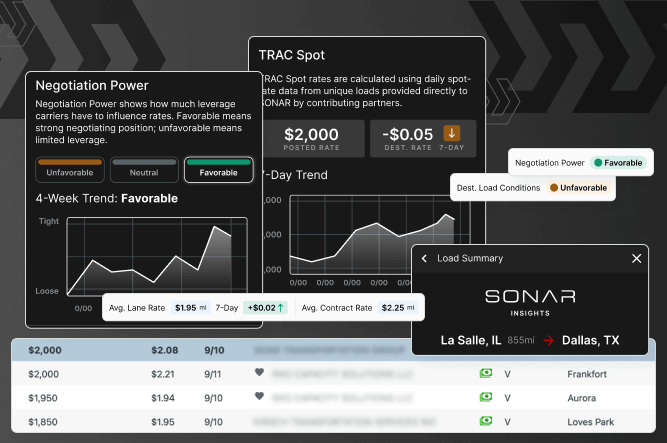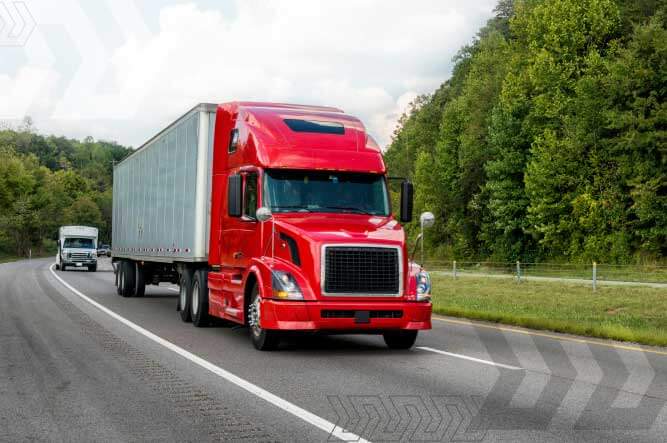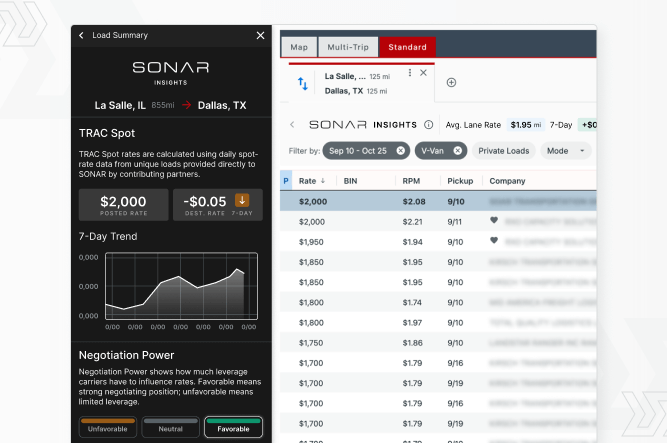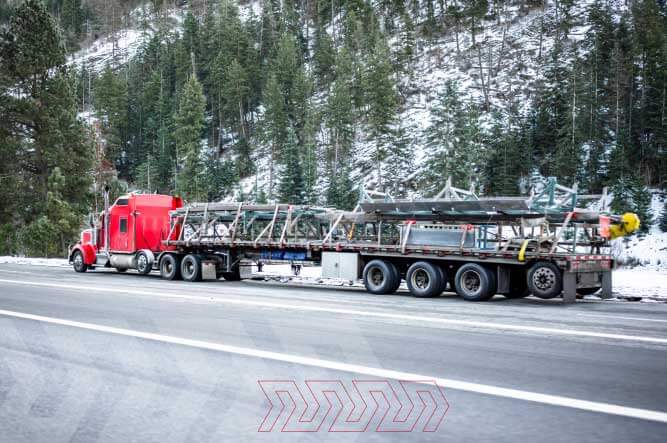Truckstop Blog
Trucking Industry Insights & Updates


Latest Articles
Access your FREE guide!
Can I Make More Money Using a Load Board?
You'll learn:
- Why a load board is a must-have for today's carrier.
- How a load board works.
- How to choose the best load board.
- How to make more money with a load board.

Sign up today.
Find high-quality loads fast, get higher rates on every haul, and access tools that make your job easier at every turn.















